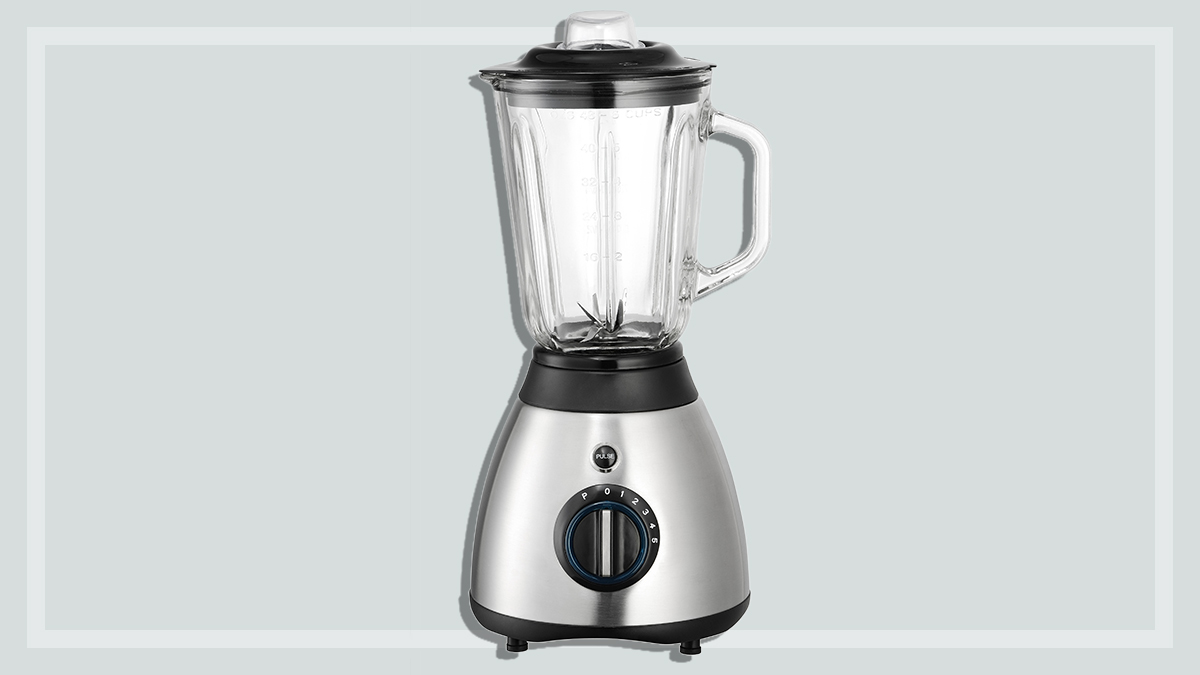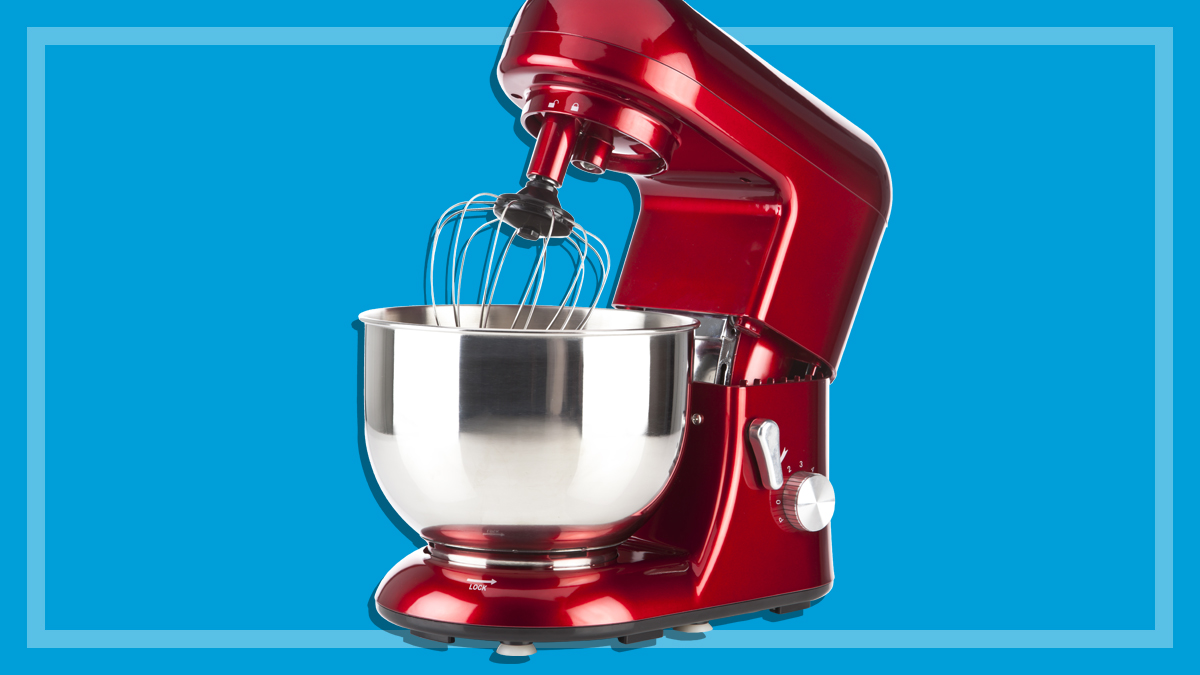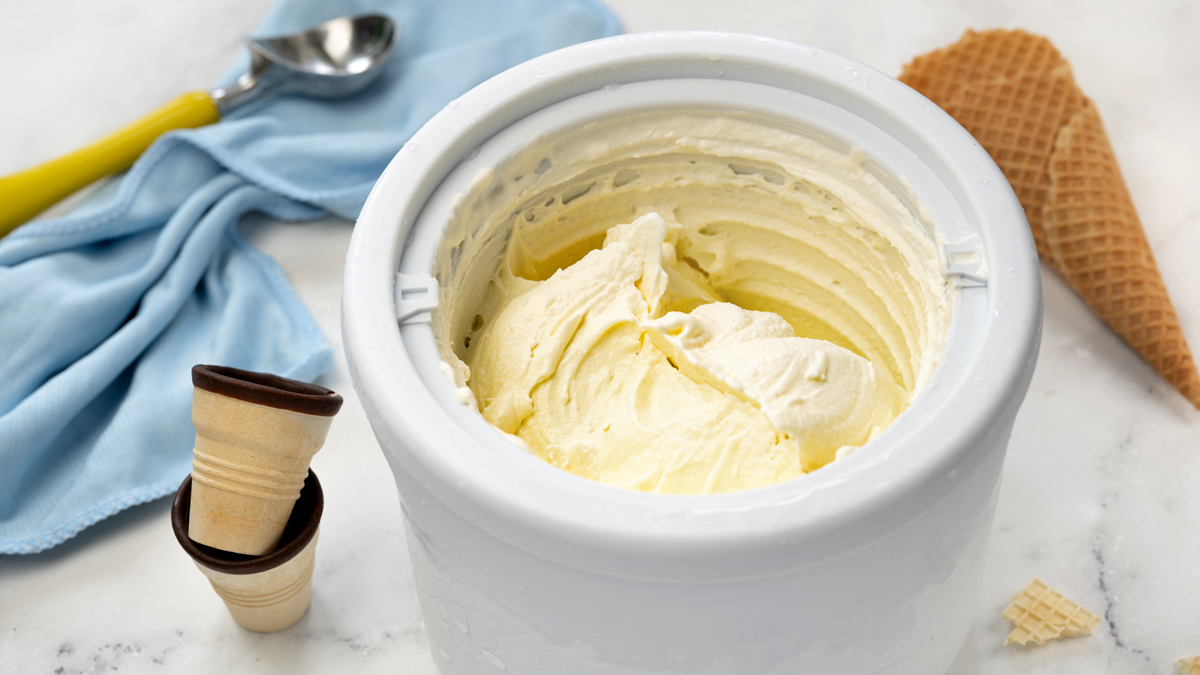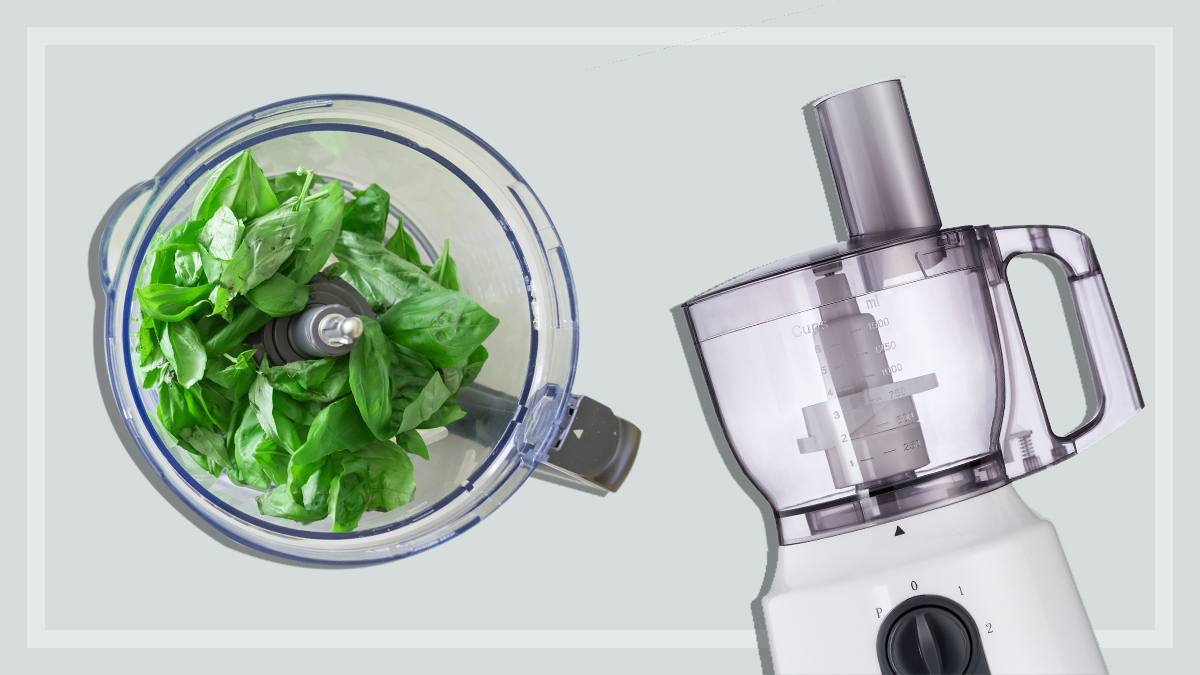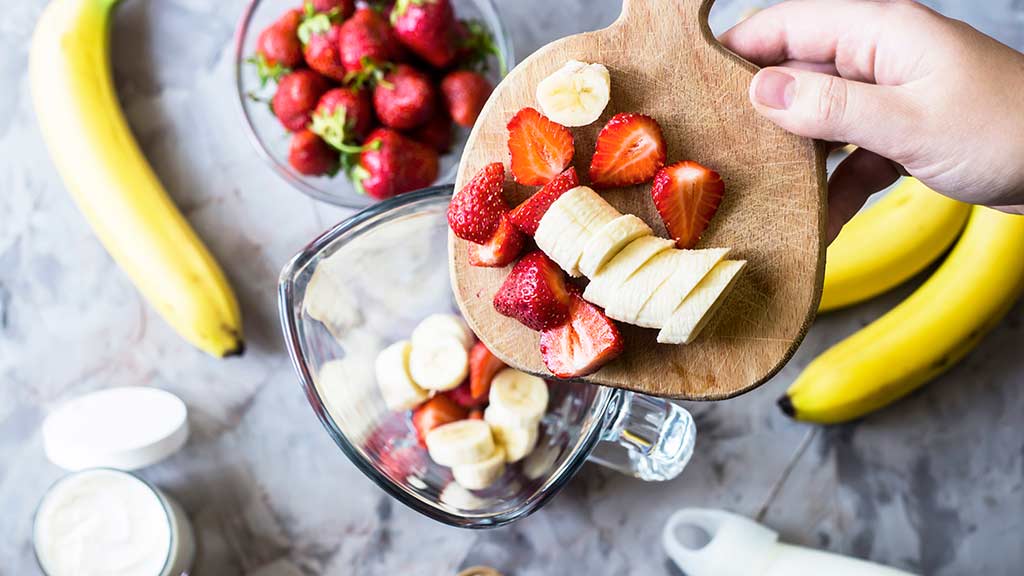Get our independent lab tests, expert reviews and honest advice.
Top eight best blenders
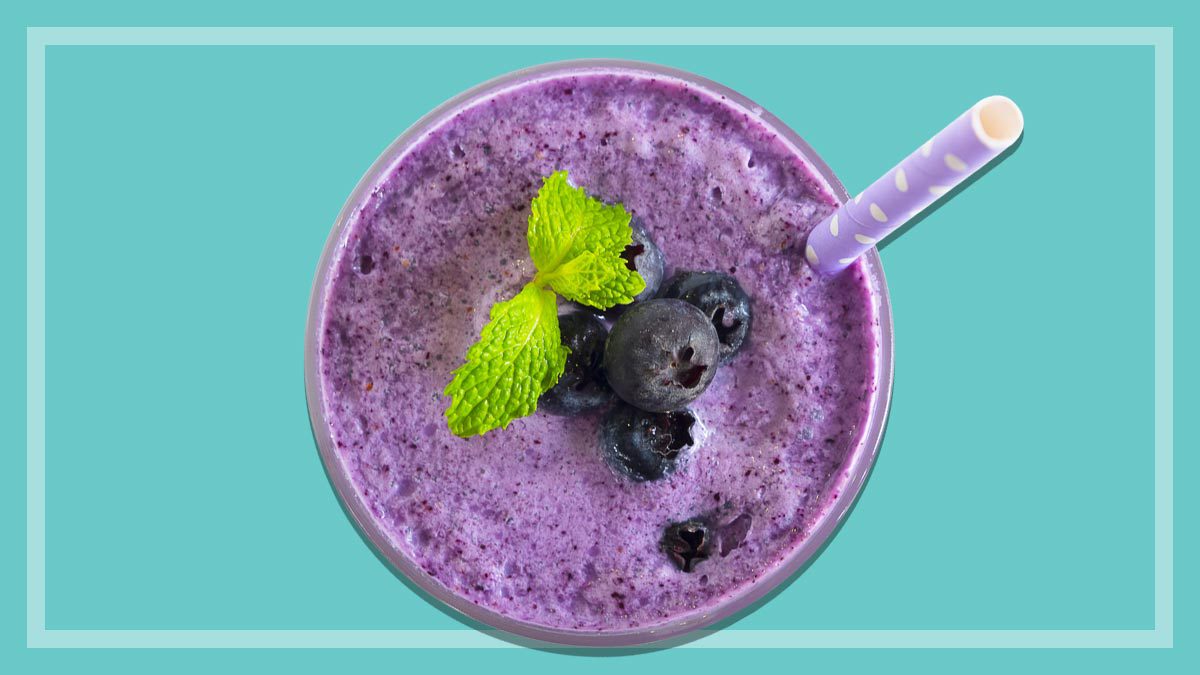
A good blender can pump out silky-smooth purees and make short work of frozen drinks. But a bad blender can leave you with lumpy smoothies and a headache from the motor noise.
It’s hard to tell from price alone whether you’re backing a winner. Some of the top performers in our test outclassed products that were far more expensive, so it’s worth doing your research to make sure you’re buying the right blender for you.
Here are our tips for choosing a blender. Plus, for CHOICE members only, we’ll reveal the top-scoring blenders from our rigorous lab tests. If you’re not yet a member, join CHOICE to get instant access to all of our expert, independent reviews.
What kind of blender should I buy?
From a single-serve model suitable for smoothies for one, through to high-powered machines that can whip up hot soups from raw ingredients using blade friction alone, there are so many options when it comes to blenders.
So which kind of blender should you buy? It depends on what you want to do with it.
“If you want to reduce the amount of processed foods you buy, then a high-performance blender is worth considering,” says Fiona Mair, CHOICE’s kitchen expert.
“It really depends on what you want a blender for. If it’s just for making shakes, smoothies and cocktails, then a standard blender is all you need.”
Personal blenders
- Capacity: 300–700mL
- Can be cheap to buy
- Simple to use: blend and drink from the same cup
- Generally not as powerful as other blenders, so you may need to add a little liquid to the mixture to make harder food easier to blend (which you’re probably already doing if you’re making smoothies)
- To avoid burnout, they can’t be used for more than a minute at a time (low-end models often only have a pulse function).
Standard blenders
- Capacity: 1.5–2L
- Prices range from $39 to $500
- Great for making soups, baby food and frozen drinks
- Some are powerful enough to grind coffee beans, seeds and spices
- The pulse function can be used to make breadcrumbs, crush ice and chop vegetables.
High-performance blenders
- Capacity: usually about 2L
- Can cost more than $1000
- Versatile: can make dough, sorbet, nut butters, spice pastes, crush large amounts of ice and mill flour, as well as do the usual blender tasks
- Some high-performance blenders can heat raw ingredients up to more than 70°C using blade friction (however, the pre-programmed setting for this can take up to 7 minutes, which is a long time to run a blender on high speed)
- Can turn fibrous vegetables such as kale into a silky-smooth liquid (with the help of a little water)
- Some models have heavy-duty ‘dry’ jugs available so you don’t have to ruin your regular jug with abrasive foods such as nuts, seeds or legumes (or you can buy a second jug for these tasks)
Some high-performance blenders include single-serve tumblers or cups that have a separate blade attachment that sits on the base, so you can blend directly into the tumbler or cup.
Which are the best blenders?
We recommend blenders that earn a CHOICE Expert Rating of 80% or more. Only CHOICE members can access our detailed blenders testing data.
If you’re not yet a member, join CHOICE to get instant access to all or our expert, independent reviews. Or log in to unlock this article and find out which blender is a real whizz in the kitchen!

